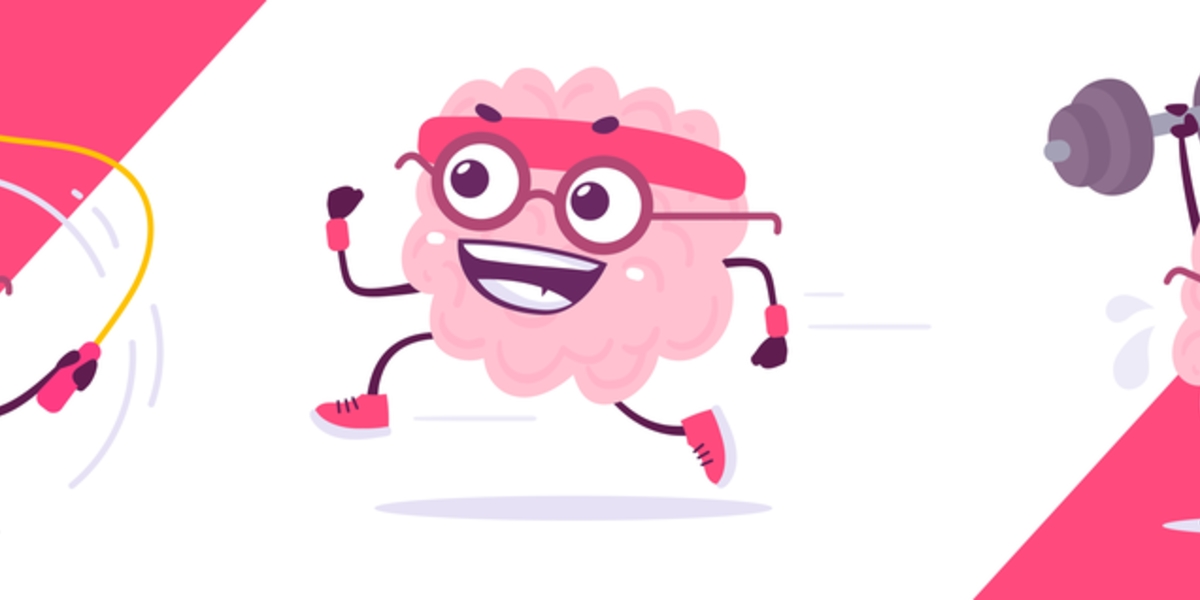Building a Better Mouse(trap): A New Model of Huntington’s Disease
New mouse model gives insights into Huntington's disease
By Melissa Christianson March 16, 2015 Edited by Dr Jeff Carroll
Most research on Huntington’s disease is done using animal models that mimic the human disease. However, these models typically recreate only a few of the disease’s symptoms, and there are some important symptoms that don’t show up in any model at all. Now, exciting new research is making great strides against these problems – and teaching us about the disease at the same time.
A Recipe for Disease
Huntington’s disease is caused by a specific change in a single human gene. The Huntington’s gene itself is normally huge – more than 10 times the size of the average human gene – and it gets even bigger in Huntington’s disease because one small section gets repeated too many times.
While a bit of repetition might not sound like a big deal, the problem becomes clear when we remember that genes are instruction manuals: they tell cells of our body how to make the proteins they need to run smoothly. As an analogy, think of what would happen if you repeated a step in the instructions for making chocolate chip cookies – if, instead of adding a precisely measured 2 cups of flour, you added 2 cups, then another 2 cups, and another 2 cups. Even though your dough would still have all the right ingredients, the cookies you made would be chocolate chip rocks instead of gooey goodness.

This is similar to what happens in Huntington’s disease. Just like the cookie recipe gives instructions for how to make cookies, the Huntington’s gene gives instructions for how to make the Huntington’s protein. When there are extra repeats in the gene, the protein gets made incorrectly.
Unfortunately, even though we know exactly what goes wrong with the genetic recipe in Huntington’s disease, we still don’t understand how to fix the protein.
Here, There, and Everywhere
Part of the reason scientists haven’t figured this out yet is because they don’t know what the normal job of the Huntington’s protein is and, consequently, how the genetic recipe change affects that job.
For most proteins in a cell, where you find the protein gives a big clue to what it does. If a protein’s job is to protect DNA, you’ll find it right next to the cell’s DNA. If a protein’s job is to move things into or out of the cell, you’ll find it at the cell’s borders.
For the Huntington’s protein, though, this strategy simply doesn’t work – because the Huntington’s protein is everywhere. It isn’t just in our brains. It’s in muscles, skin, and every other cell in the human body.
Even worse, it’s in multiple places inside all those cells. If you think of a cell like a factory, then every cell has two very important parts: the factory floor where all the work happens (known as the cytoplasm) and the control room where orders are issued and decisions are made (known as the nucleus). The Huntington’s protein is in both places.
Since the protein is so spread out, it is really hard for scientists to uncover why changing it leads to the symptoms we recognize in the human disease.
Of Mice and Men…and Worms and Flies and Monkeys
Fortunately, scientists all over the world are studying this problem. To help them, they use fancy genetics to recreate the genetic change from human Huntington’s disease in animals. Working with worms, fruit flies, mice, rats, and monkeys – a veritable ark of different species – scientists can then ask specific questions about the disease in a way impossible, or at least unethical, in humans.
“Most animal models of Huntington’s show only one or a few symptoms, and some important human symptoms don’t show up at all. ”
Although it’s tempting to think of this fancy genetics as “creating” Huntington’s disease in animals, it’s important to remember that Huntington’s is a very human disease. In fact, most models of Huntington’s in animals actually only show one or a few symptoms, and some important symptoms of the human disease don’t show up in any animal models at all.
Let’s Build a Better Mouse(trap)
To address this problem, scientists in the lab of William Yang at UCLA decided to take a mouse model of Huntington’s disease to the next level. This model started with no ordinary mouse, but instead a special, genetically altered mouse with the human Huntington’s gene and all of its extra repeats.
However, the UCLA scientists suspected that other parts of the Huntington’s gene were important, too. In particular, they were interested in a tiny section at the very beginning of the gene, before the repeats. This tiny beginning section affects where the Huntington’s protein goes inside of cells: whether it heads to the cytoplasm (factory floor) or nucleus (control room). Most models of the disease ignore this section of the gene, but the UCLA scientists suspected it might affect disease symptoms.
They tested this idea by making Version 2.0 of the mouse from above. To do this, they took two different versions of the human Huntington’s gene – one of normal length, and one with the extra repeats that cause the disease. From each version, they deleted the tiny beginning section. This is a small, but potentially important, change – like breaking the very tip off of a pencil. Then, they put each version back into mice and asked if those mice would develop Huntington’s-like symptoms as adults.
The Results Are In
You know that these scientists found something interesting – otherwise you wouldn’t be reading about their work on HDBuzz!
The UCLA scientists found that the mice with the long version of the gene developed Huntington’s-like symptoms – even though mice with the normal version version were fine. This was expected, since the long version causes Huntington’s-like symptoms in lots of different animals.
However, these symptoms showed up much earlier and were much more severe than they are when the tiny beginning gene section (the broken-off tip of the pencil) is left intact.
Even more exciting, though, was the type of symptoms arising in the affected mice. These mice developed specific movement impairments, progressively worsening gait problems, and spontaneous falls, all of which are strikingly similar to symptoms in humans with the disease. Scientists have never before recreated these important symptoms, which can cause significant disability for people with Huntington’s disease, in any earlier research.
In addition to these new symptoms, the affected mice also mimicked many other important features of Huntington’s disease, like the loss of brain cells and weight loss.

So What?
These new mice give the Huntington’s community a powerful tool, because they provide a new way to dissect why and how important disease symptoms arise. They will also be useful for early testing of whether potential therapies improve these important symptoms.
Further, these mice are already helping scientists learn more about how the Huntington’s protein works – like where it does its business. From studying the new mice, the scientists have learned to focus on location, location, location – that where the Huntington’s protein goes in a cell really does matter. When too much of it hangs out inside the cell’s control room (nucleus), symptoms get worse. This new knowledge will help scientists developing new therapies for Huntington’s disease.
Where Do We Go from Here?
If you’ve been paying close attention, you’ll have noticed that all of the research we’ve talked about here was done in mice. Since Huntington’s is a human disease, this means we have to take all of these exciting new findings with a grain of salt: more work is required to show that the same things hold true in humans.
Additionally, while the new model very well recreates Huntington’s-like symptoms, it requires a DNA change (getting rid of the tiny beginning section of the Huntington’s gene) that doesn’t occur in the human disease. Scientists are still working to understand both why this extra change affects symptoms in mice and what this means for the human disease.
Finally, even though the new information we’ve learned will certainly help in developing and testing therapies for Huntington’s disease, this research itself is not a treatment. Thus, direct effects of this new research for the patient community are still some time away.
Nevertheless, the new findings are very exciting because every bit more that we learn about the Huntington’s disease, gene, and protein makes traveling the road toward effective treatment faster and smoother.


